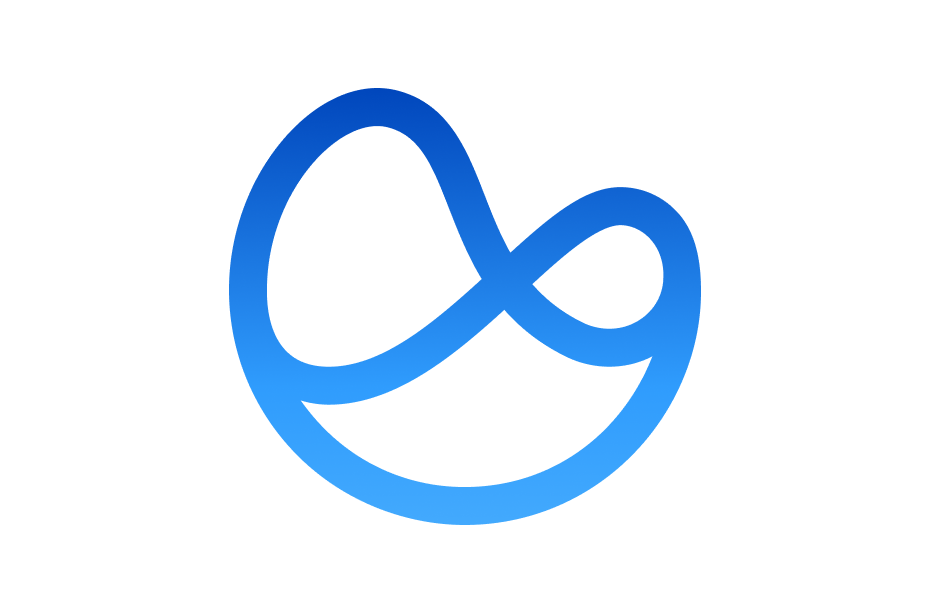Moving Intravenous Antibiotic Therapy into the Home with Remote Patient Monitoring
Norfolk and Norwich University Hospital in partnership with HomeLink Healthcare, have created NNUH at Home, a multidisciplinary team that delivers clinical care services in the home, allowing clinically stable patients to leave hospital sooner.
The Challenge: Monitoring Response to Intravenous Antibiotic Therapy at Home
One of the services provided by NNUH at Home is the administration of intravenous antibiotics (known as IVABs.) IVABs are administered, as prescribed, to patients at home by a visiting nurse, with treatment lasting from a few days to several weeks or months, depending on the nature of the infection.
Offering IVAB therapy at home helps reserve hospital bed capacity and improve patient satisfaction. However, IVAB therapy requires close patient monitoring, traditionally done through a mix of vital sign collection and blood sample analysis. While NNUH at Home staff visited a patient one to four times a day, this was still not frequent enough to ensure infection would be caught in time to avoid patient hospitalization. For this reason, hospital clinicians often delayed discharge of patients receiving IVAB therapy, keeping them in the hospital for their treatment.
The Solution: Incorporating Continuous Remote Patient Monitoring to Track Patient Health
To help NNUH at Home monitor patient health more closely, they incorporated Current Health’s remote patient monitoring (RPM) solution into their at-home IVAB therapy pathway.
Access to continuous vitals data provides NNUH at Home with the clinical insight they need to safely monitor patients and detect the early signs of infection. Furthermore, health alerts based on a broad range of parameters measured simultaneously provides greater contextual data, allowing for more informed decisions and better diagnoses.
The Outcome: Early Discharge and Readmission Avoidance
The real impact of continuous monitoring was exemplified recently when one patient receiving IVAB therapy at home, exhibited a high pulse rate and repeatedly had a spiked body temperature in the evening. Ordinally, this would be a cause of concern for the patient’s care team, resulting in hospital readmission. However, following the new pathway, a virtual multidisciplinary team meeting was conducted where vital signs trends (available through Current Health’s clinical dashboard) and recent blood results were analysed. Using the data, it was established due to the absence of oxygen desaturation and hypotension that this patient was not septic, allowing the patient to complete therapy at home under the supervision of the care team.
The replication of inpatient monitoring within this patient’s home provided much reassurance to not only the patient but the consultant team that remained accountable for their care. With this added reassurance, it is anticipated that there will be a greater number of IVAB referrals to NNUH at Home which will expedite discharge, freeing inpatient beds for those requiring acute hospital care.
Additionally, NNUH at Home, in collaboration with the hospital, aims to develop further remote care pathways for COPD and CHF to further maximise bed capacity, increase patient choice and realise cost savings. HomeLink Healthcare are also incorporating Current Health’s technology permanently into their services, enabling more of their NHS partners to complement and enhance their services with RPM and virtual care pathways.
If you would like to learn how Current Health can enhance your virtual care programs please get in touch here.


![[Webinar Recording]This Way Home: Top 10 Predictions for Care at Home in 2025](https://www.currenthealth.com/wp-content/uploads/2025/01/DSG-846-JAN-WEBINAR-LINKEDIN-16_9-AD2-P2.jpg)